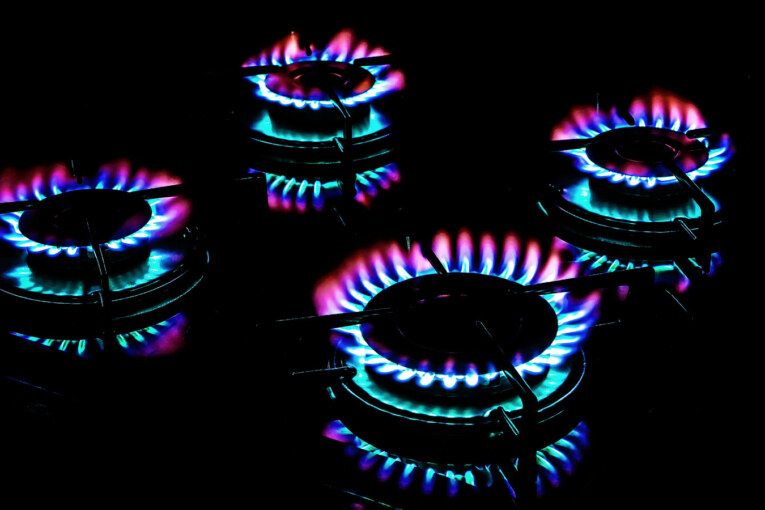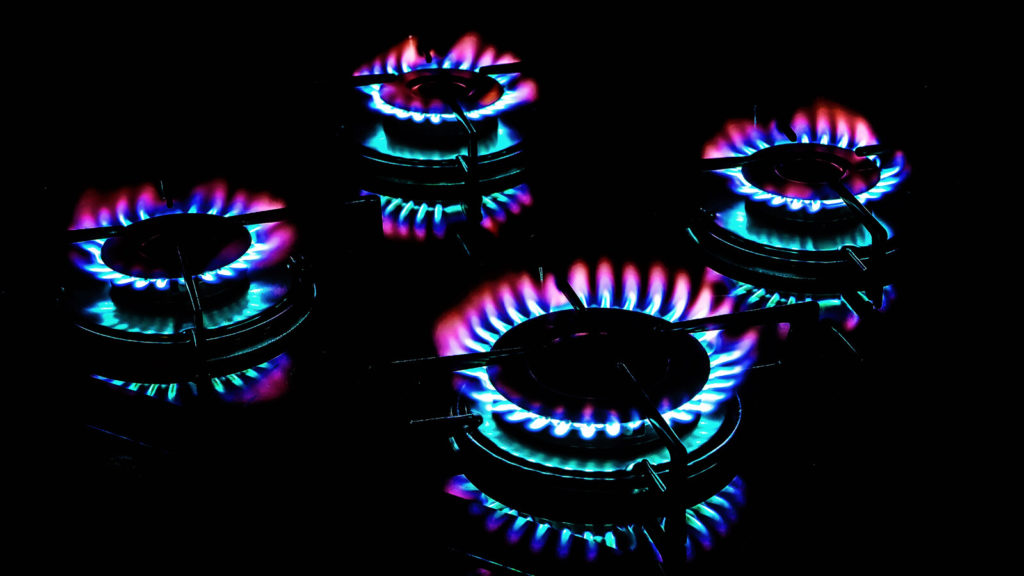

U.S. natural gas futures jumped about 8% to a two-week high on Monday on forecasts for colder weather and stronger heating demand this week than previously expected, and worries a possible rail strike could disrupt coal deliveries and force power generators to burn more gas.
Traders also noted the expected restart of the 2.1-billion cubic feet per day (bcfd) Freeport LNG’s liquefied natural gas (LNG) export plant in Texas in mid December, if it happens, would boost demand for gas in coming weeks. The plant shut six months ago after a fire.
Workers at the largest U.S. rail union voted against a tentative contract deal reached in September, raising the possibility of a year-end strike that could cause significant damage to the U.S. economy and strand vital shipments of food and fuel.
The market, meanwhile, seemed to ignore forecasts for less cold weather in early December that will cut heating demand next week below what was previously expected.
Freeport LNG said last week that the company would not meet its previously announced November restart target for its export plant and was now projecting a mid-December restart, if regulators approve.
Even though the delayed Freeport restart caused one LNG vessel – LNG Rosenrot – to turn away from the plant last week, several other ships have remained near the facility – some for weeks – including Prism Brilliance, Prism Diversity and Prism Courage. In addition, the Prism Agility was expected to arrive at the plant site in a few days, according to ship tracking data from Refinitiv.
In other LNG news, the Cadiz Knutsen was sitting in Boston Harbor outside the Everett LNG terminal in Massachusetts with a cargo of the super-cooled fuel from Trinidad. That would be the first LNG vessel to visit Everett since August, according to Refinitiv data.
But with Everett competing with European buyers willing to pay around $35 per million British thermal units (mmBtu) for gas versus just $6 in the United States, the Massachusetts port has imported only 16.7 billion cubic feet (bcf) of gas as LNG during the first 10 months of this year. That is down from 18.1 bcf during the same period in 2021 and a five-year (2017-2021) average of 33.3 bcf, according to federal energy data.
New England depends on LNG and oil to fuel some power plants on the coldest days when most of the region’s pipeline gas is being used to heat homes and businesses. About half of the power generated in New England comes from gas-fired plants.
Front-month gas futures for December delivery rose 47.3 cents, or 7.5%, to settle at $6.776 per mmBtu, putting the contract on track for its highest close since Nov. 7.
The premium of futures for January over December, meanwhile, was on track to close at a record high for a second day in a row as some in the market started to give up on the prospect of extreme cold in December.
Gas futures were up about 81% so far this year as much higher global gas prices feed demand for U.S. exports due to supply disruptions and sanctions linked to Russia’s invasion of Ukraine.
Gas was trading at $35 per mmBtu at the Dutch Title Transfer Facility (TTF) in Europe and $27 at the Japan Korea Marker (JKM) in Asia.
With the coming of less cold weather, Refinitiv projected average U.S. gas demand, including exports, would drop from 126.2 bcfd this week to 115.2 bcfd next week. The forecasts for this week was higher than Refinitiv’s outlook on Friday, while its forecast for next week was lower.
(Reporting by Scott DiSavino; Editing by Andrea Ricci and Nick Zieminski)
You can read more of the news on source



